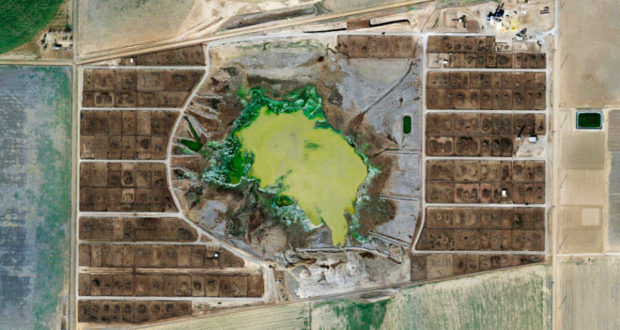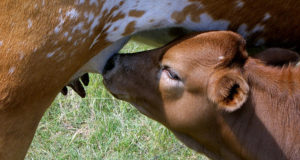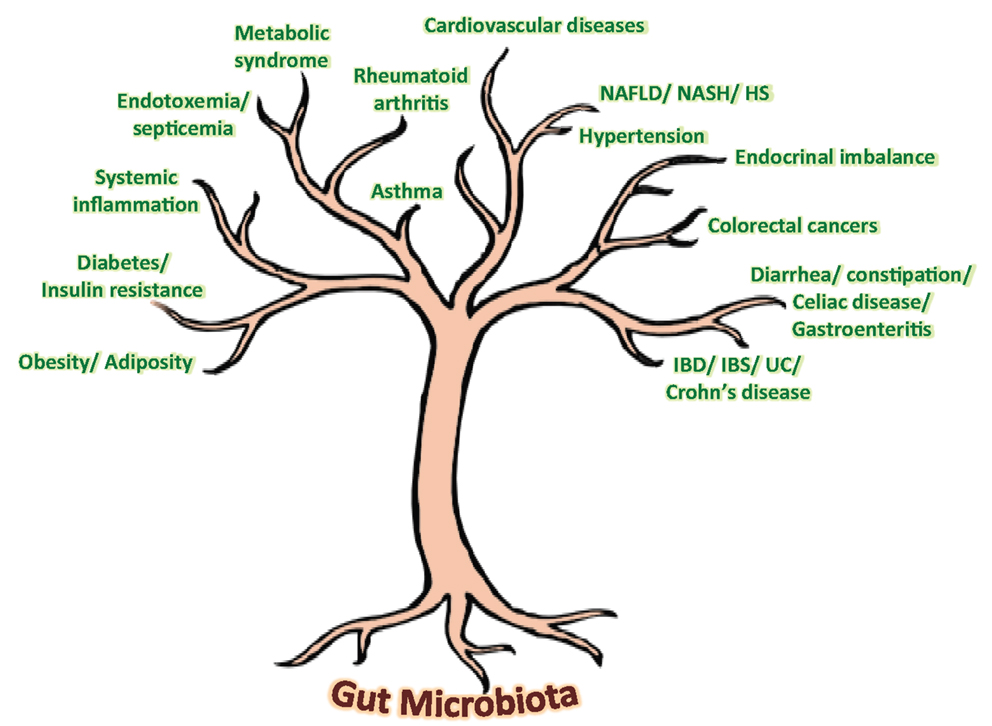This article is mostly from the Grace Communications Foundation. We summarize the CAFO situation: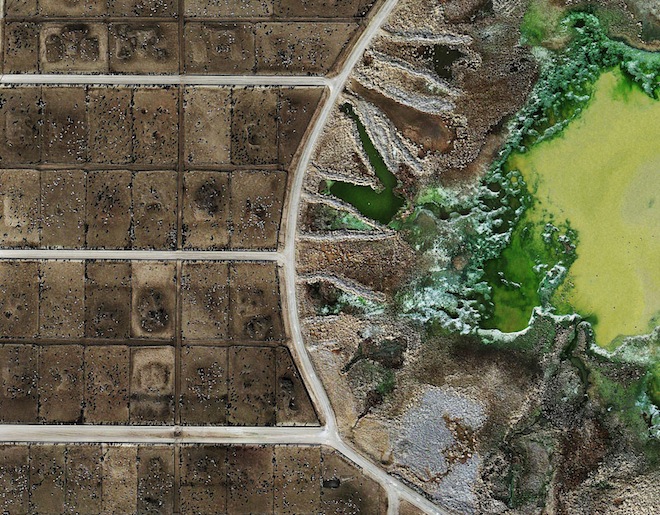
Industrial animal agriculture farms, also called factory farms or confined / concentrated animal feeding operations (CAFO) pollute the air, water and soil in many ways. In air there are emissions of greenhouse gases, particles and foul odors and numerous toxic chemicals. In the United States and elsewhere, industrial farms are leading producers of noxious substances such as nitrous oxide Fand ammonia. FUnited States farms alone produce more than 400 different gases, Fin addition to dust and airborne particles known as endotoxins generated during the handling and disposal of manure, Fthe production and use of animal feeds, and the shipping and distribution of farm products produce dust which may produce airborne microbes.
Mountains of Manure
The USDA estimates that more than 335 million tons of manure are produced annually on U.S. farms. FStored for long periods of time, in giant tanks or lagoons, the animal waste decomposes and pollutes the air with hundreds of different gases. FThese storage facilities are often located next to animal confinement facilities, with the livestock and the people who work with them continually exposed to harmful gases. FAdditional air pollution is caused when huge amounts of stored manure are sprayed onto fields. 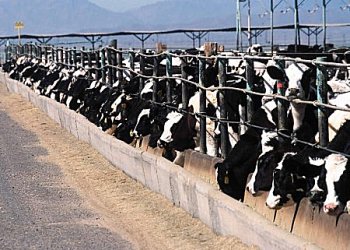
Hydrogen sulfide, methane, ammonia, and carbon dioxide are the major hazardous gases produced by decomposing manure. FThe EPA estimates that methane emissions from manure increased by 26 percent in the United States between 1990 and 2004, due primarily to larger, more concentrated dairy cow and swine facilities. FNorth Carolina’s hog industry alone produces about 300 tons of ammonia each day. F
Air Pollution and Feed
While manure is the largest contributor to air pollution from factory farms, industrial animal feed also plays a role. In 2004, the EPA estimated that 20 percent of all man-made methane production resulted from livestock digestion, primarily cows, Fwhich on factory farms are kept alive with low-quality grain-based feed that their bodies were not designed to digest. This feed fattens animals cheaply but causes chronic indigestion that contributes to higher methane emissions. FProducing the vast crops required for this animal feed also pollutes the air with soilmanagement techniques, especially the use of synthetic fertilizers, that were responsible for 68 percent of all nitrous oxide released into the atmosphere in 2004. F
Major Pollutants
Effects of air pollution vary depending on the specific pollutants involved, how they are vented into the atmosphere, and local conditions, such as weather patterns. Some of the principle air pollutants created by industrial livestock facilities are listed here, along with their effects.
- Hydrogen Sulfide is a gas that limits the ability of cells to use oxygen. Exposure to hydrogen sulfide in high levels can cause skin, eye, and respiratory irritation, neurologic and cardiac disorders, seizures, comas, and death. Chronic exposure at lower levels can cause low blood pressure, headache, chronic cough, and psychological disorders. FHydrogen sulfide is generally associated with hog production facilities.
- Ammonia can cause irritation of the eyes, skin, and respiratory tract. FIt is released in large quantities by chicken and hog CAFOs.
- Particulate matter is a leading cause of bronchitis and asthma in people who are regularly exposed to it and can also be a cause of cardiac disorders including arrhythmia and heart attacks. F
- Endotoxins, poisons produced by dying bacteria, are found in high concentrations on factory farms, but can cause respiratory problems even in extremely low concentrations. F
- Carbon dioxide is a byproduct of decomposing manure that causes shortness of breath and dizziness in humans, and often kills confined animals by asphyxiation. F
- Methane is a major contributor to climate change. According to the EPA, methane is 23 times as potent as carbon dioxide and is the second most important contributor to the greenhouse effect, now accounting for 16 percent of global greenhouse gas emissions from human activity. F
Effects on Workers
As many as 70 percent of workers on CAFOs experience acute bronchitis, while 25 percent contract chronic bronchitis. FIn one study a host of other respiratory ailments were linked to working in indoor swine facilities for two hours a day over a period of six years, most likely as a result of dust inhalation. FSome of the gases produced on factory farms also are fatal in high concentrations. In the United States, at least 12 cases were documented over five years of workers dying from asphyxiation in manure pits. F
Effects on Communities
Residents of communities near hog farms often have increased respiratory problems. FA number of studies have demonstrated that fatigue, depression, and mood disturbances occur in higher proportions in people living near such facilities. FA study of one town in Utah found a four-fold increase in diarrhea-related hospitalizations and a three-fold increase in respiratory-related hospitalizations over a five-year period during which an industrial hog farm was constructed and started operating. FMinnesota’s Pollution Control Agency has documented hydrogen sulfide concentrations in excess of World Health Organization maximum exposure standards on properties neighboring industrial hog facilities. FA 2006 study comparing two rural Iowa elementary schools, one located near a CAFO and one not, found a significant prevalence of asthma in children at the school near the factory farm. F
Environmental Effects
Air pollution from farms directly affects the environment, chiefly through the production of gaseous nitrogen and some of the greenhouse gases responsible for global warming. 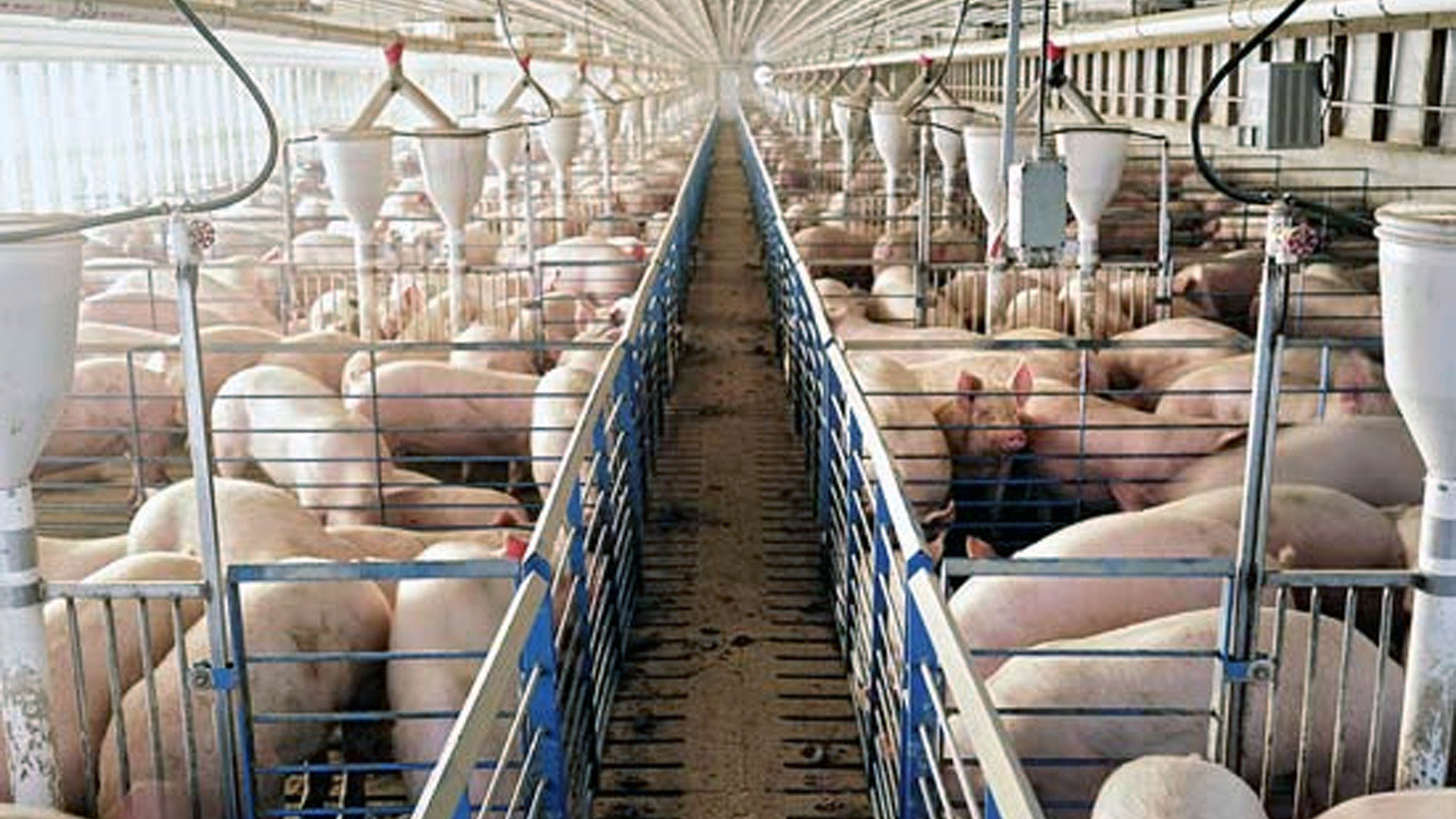 About 80 percent of U.S. ammonia emissions came from livestock manure. FAs a report from the National Academy of Sciences explains, atmospheric ammonia and nitric oxide—both produced on farms—contribute to what is known as the “nitrogen cascade,” in which each ammonia molecule “can, in sequence, impact atmospheric visibility, soil acidity, forest productivity, terrestrial ecosystem biodiversity, stream acidity, and coastal productivity.” FParticulate emissions from factory farms also contribute to haze. FThrough the production of greenhouse gases—primarily methane and nitrous oxide—the agricultural industry was directly responsible for 6 percent of the U.S. contribution to global warming in 2004, according to the EPA. F
About 80 percent of U.S. ammonia emissions came from livestock manure. FAs a report from the National Academy of Sciences explains, atmospheric ammonia and nitric oxide—both produced on farms—contribute to what is known as the “nitrogen cascade,” in which each ammonia molecule “can, in sequence, impact atmospheric visibility, soil acidity, forest productivity, terrestrial ecosystem biodiversity, stream acidity, and coastal productivity.” FParticulate emissions from factory farms also contribute to haze. FThrough the production of greenhouse gases—primarily methane and nitrous oxide—the agricultural industry was directly responsible for 6 percent of the U.S. contribution to global warming in 2004, according to the EPA. F
Remedies and Regulations
A number of techniques can reduce the emissions and effects of air pollutant from industrial farms, including better storage of manure, air-breaks positioned near farms, and increased attention to the nutritional needs of specific types of livestock. FAllowing cows to graze on pasture is healthier, for both cows and humans, than feeding them grain, and has the potential to reduce greenhouse gas emissions. FRaising animals on pasture also reduces the need for cultivation and transportation of feed, as well as storage and spreading of manure, all of which require the use of fossil fuels and result in the emission of large amounts of carbon dioxide and other pollutants.
There is little regulatory incentive to reduce pollution from factory farms. While most pollutants emitted by farms are regulated under the federal Clean Air Act, most federal enforcement is focused on cars and non-farm factories. FThe federal government has largely left it to the states to police factory farms, Fwhile leaving research on the effects of industrial farming to academics. FIn 2008 the Bush Administration published a rule exempting CAFOs from federal reporting requirements for hazardous emissions. F
There is also concern that better environmental regulation will lead corporate farmers to move overseas, rather than stop polluting the air. Already, some of the biggest U.S. owned livestock corporations, including Perdue and Smithfield, are operating in Canada, Mexico, Europe, China and Brazil to reduce costs and avoid U.S. regulations. F
The most efficient way to reduce air pollution from farms is to reduce the size and increase the number of farms. 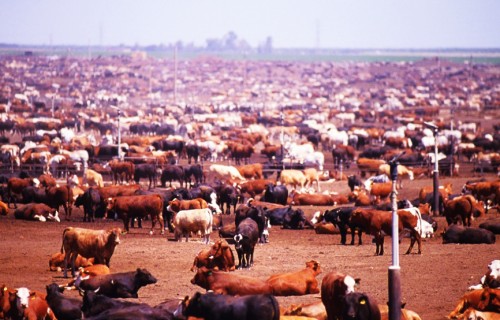 Many small farms scattered throughout the country will create less air pollution than huge, centralized factory farms. Sustainable livestock farms are pasture-based systems that rely on the animals to harvest feed and spread manure. This is the way livestock has been raised for thousands of years, right up until the 20th Century, and it remains the model for sustainable farming and reducing farm-related air pollution.
Many small farms scattered throughout the country will create less air pollution than huge, centralized factory farms. Sustainable livestock farms are pasture-based systems that rely on the animals to harvest feed and spread manure. This is the way livestock has been raised for thousands of years, right up until the 20th Century, and it remains the model for sustainable farming and reducing farm-related air pollution.
Did You Know?
- The odor from swine manure contains 331 separate chemical compounds. F
- Tyson Foods recently agreed to pay an undisclosed sum in compensation for air-quality damage to residents near one of its Kentucky operations. FFour couples in Iowa also reached settlement in 2003 with a large hog operation related to excessive odors, flies, and toxic gas emissions caused by the facility. F
- A study in Sampson County, North Carolina indicated that ammonia concentrations in rainwater doubled between 1985 and 1996—a period during which hog operations in the state expanded rapidly. F
What You Can Do
Citizen advocacy and consumer demand will be critical to reducing the pollution and other problems caused by industrial farming. As consumers, we can use our economic power by purchasing sustainably-produced meat, eggs, dairy products and produce, thereby supporting farmers who work to minimize harm to the environment and human health.
Think about water value and waste through high-meat dietary expansion across the globe. 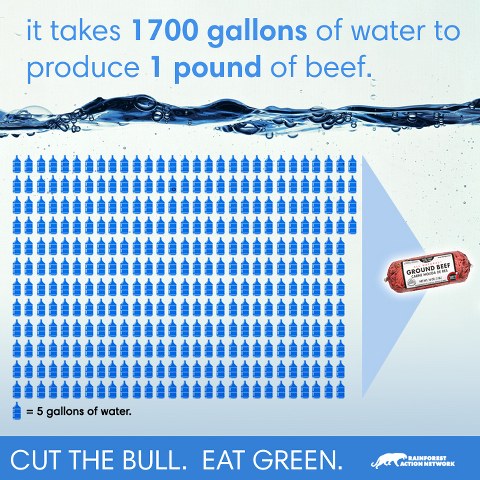
For further inquiry contact info@vitaminagent.com and see http://www.sustainabletable.org/266/air-quality
 Vitamin Agent The Health & Naturalistic Source
Vitamin Agent The Health & Naturalistic Source
